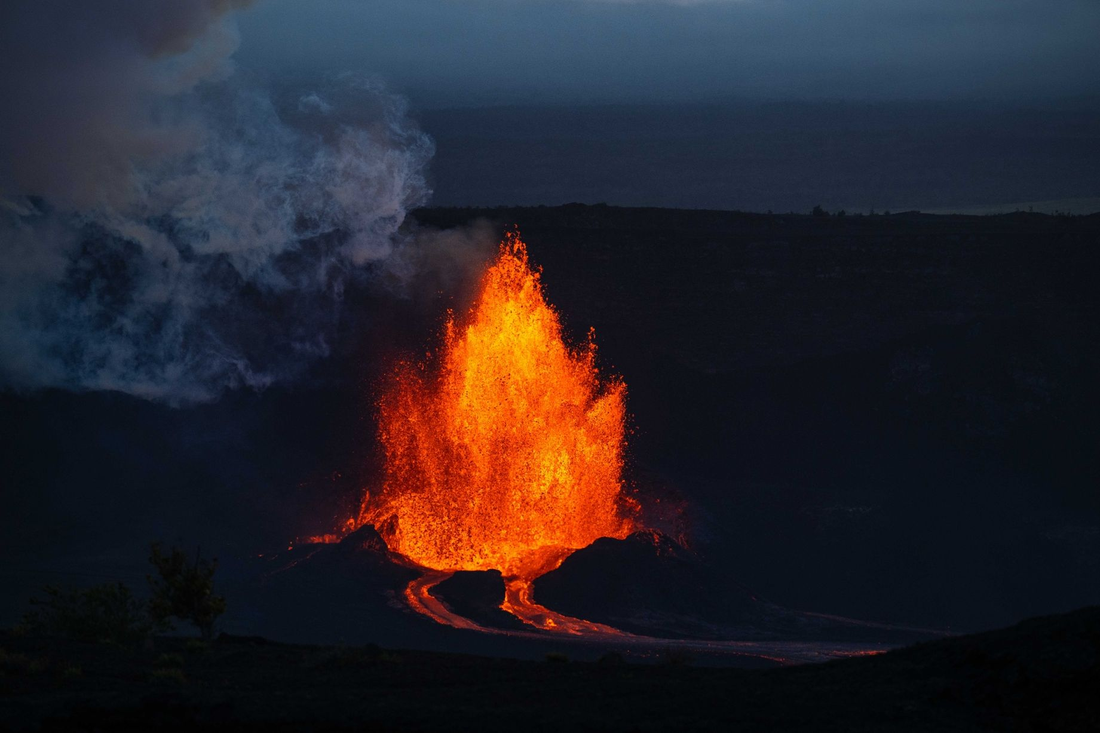
Against the pitch-black Hawaiian night sky, lava flows glow orange-red, ash columns curl into the sky, and the hot light emanating from the volcano’s crater create a scene that is both majestic and dangerous. These images are not only visually impressive, but also remind people of the immense and unpredictable power of nature.
Rare photos of one of the most impressive natural phenomena on the planet, the eruption of the Kilauea volcano (Hawaii), captured by photographer Daniel Sullivan a few days ago, are attracting attention on social media platforms.
"This is what happens when twin flames merge," photographer Daniel shared in a post on his personal Instagram, talking about the merging of lava flows from the North and South vents during the eruption on May 13.
Daniel Sullivan’s photographs are not only timely works of art, but also serve as important scientific documents, helping researchers monitor geological developments and changes in volcanic structures. Recording the exact timing, shape, intensity, and area of lava flows helps support early warning and disaster response.
Daniel Sullivan is a photographer specializing in nature, travel, and vanishing cultures. He has over a decade of experience shooting in dangerous and remote locations such as Central Asia, the Middle East, and Africa, and is currently based in Hawaii.
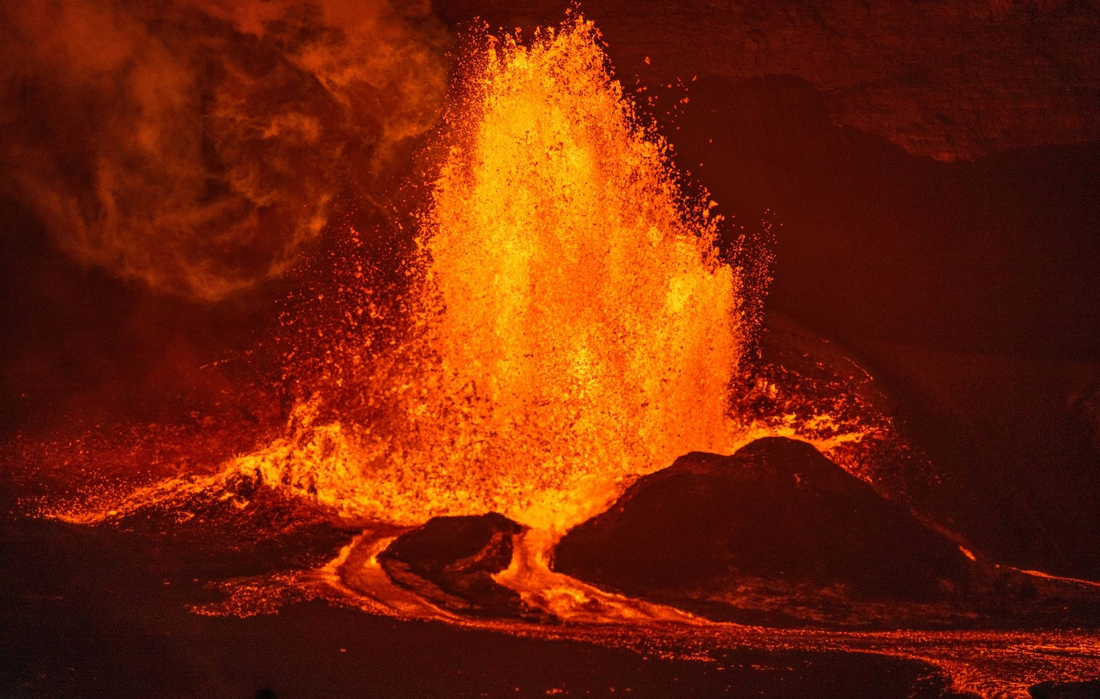
Kilauea, located in the Hawaiian archipelago, is one of five major volcanoes that make up the Big Island and is one of the most active volcanoes on Earth. According to the United States Geological Survey (USGS), Kilauea has been almost continuously active for decades, with eruptions that vary in intensity and size.
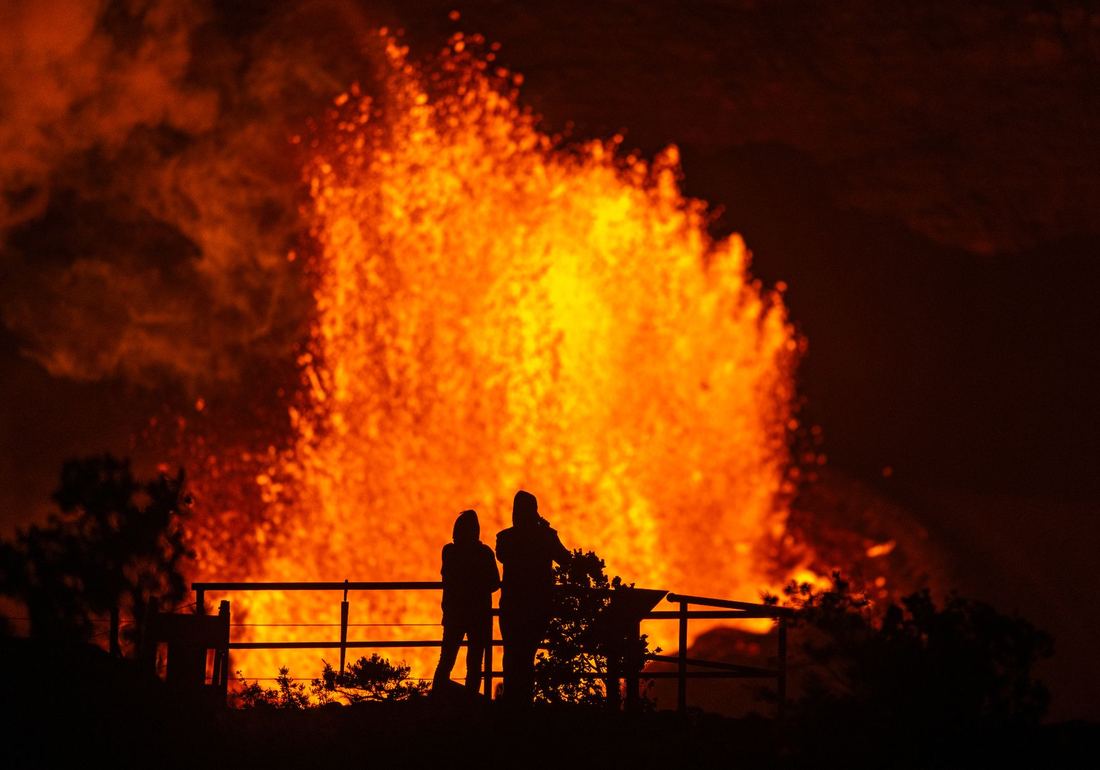
The latest eruption on May 13 was the 21st in recent weeks. It erupted again on May 16, indicating that the volcano is still in a very active phase.
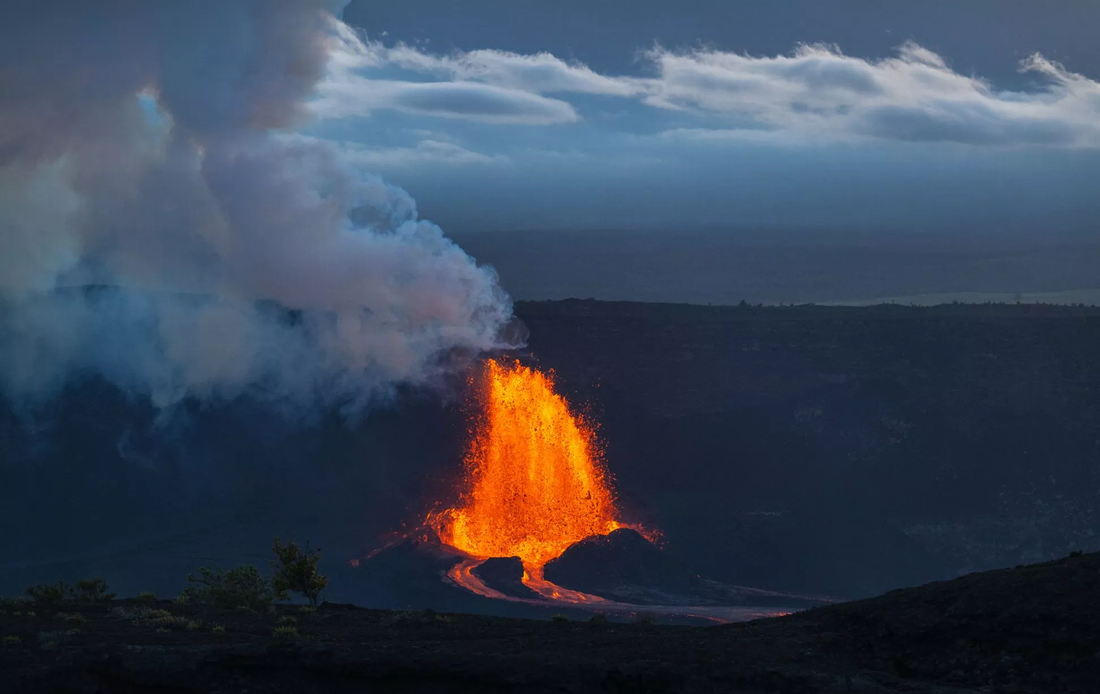
A volcanic eruption is when magma (molten rock under the Earth's surface) is forced up by pressure built up inside the Earth and released through vents and fissures. When magma escapes to the surface, it is called lava, and is accompanied by ash, toxic gases such as CO₂, SO₂, and water vapor.
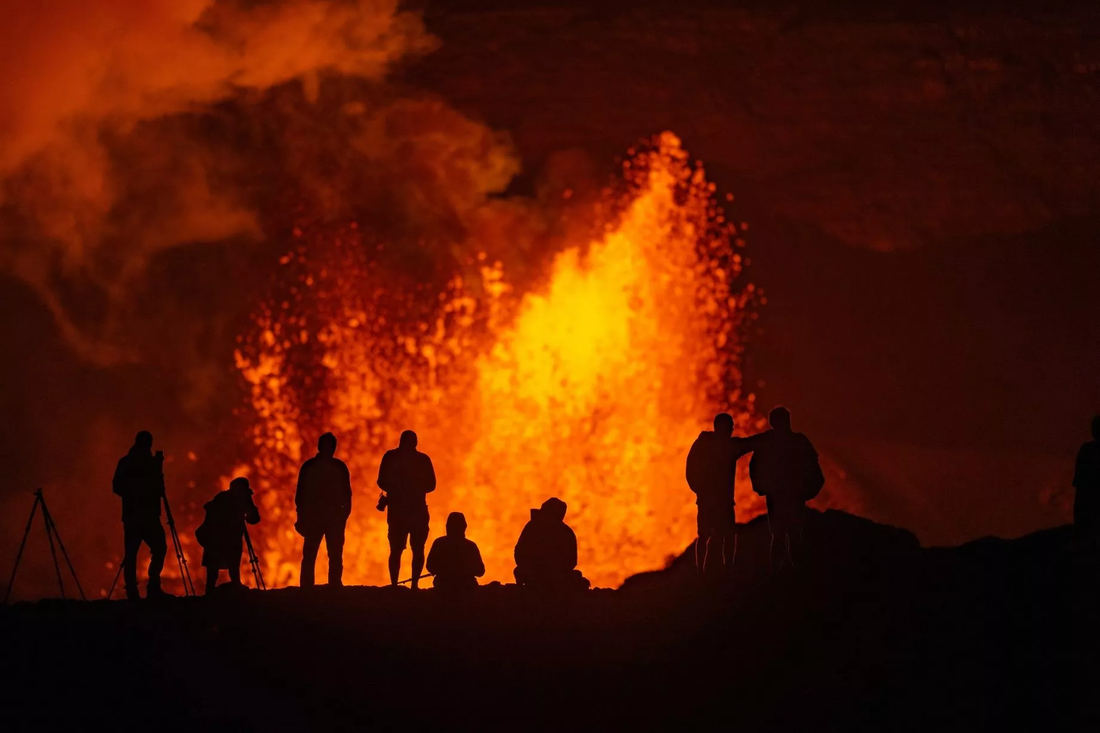
The moment the two vents of Kilauea volcano merged, creating a column of fire and lava that burned in the middle of the night, a spectacular testament to the majestic power of nature.
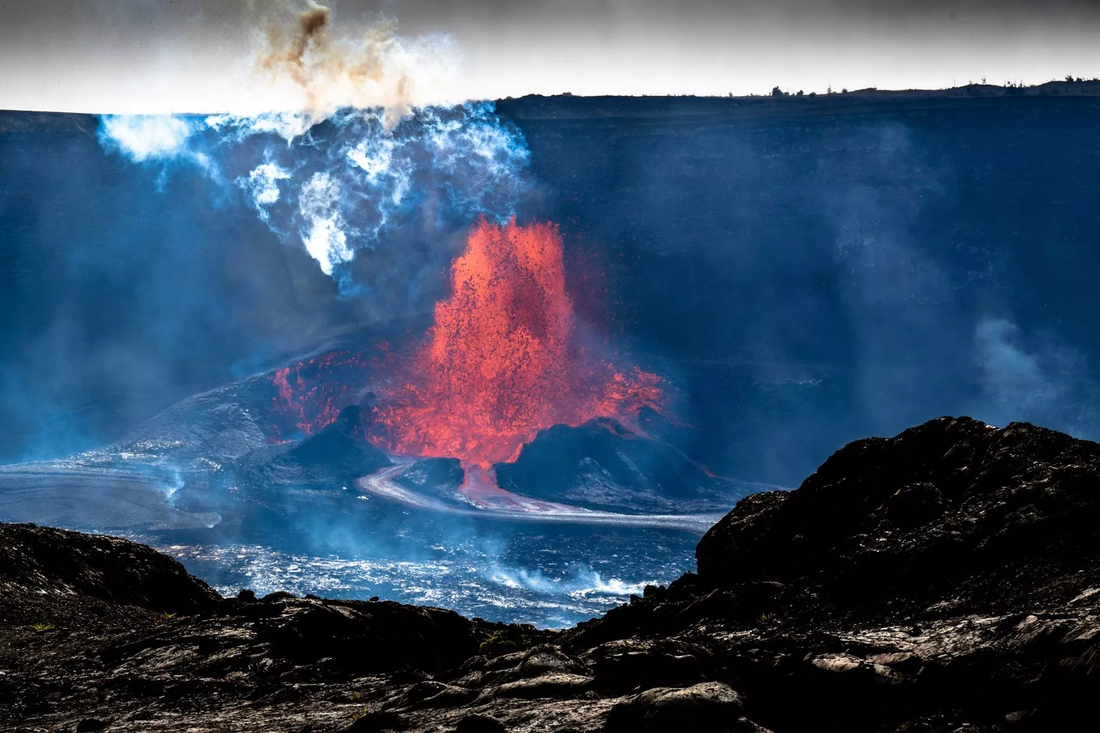
Eruptions like Kilauea are typically effusive, meaning lava flows at low pressure and are less explosive, as opposed to explosive eruptions at volcanoes like Eyjafjallajökull (Iceland) or Mount St. Helens (USA). Although less “violent,” lava flows can still burn down homes, forests, and destroy local ecosystems.
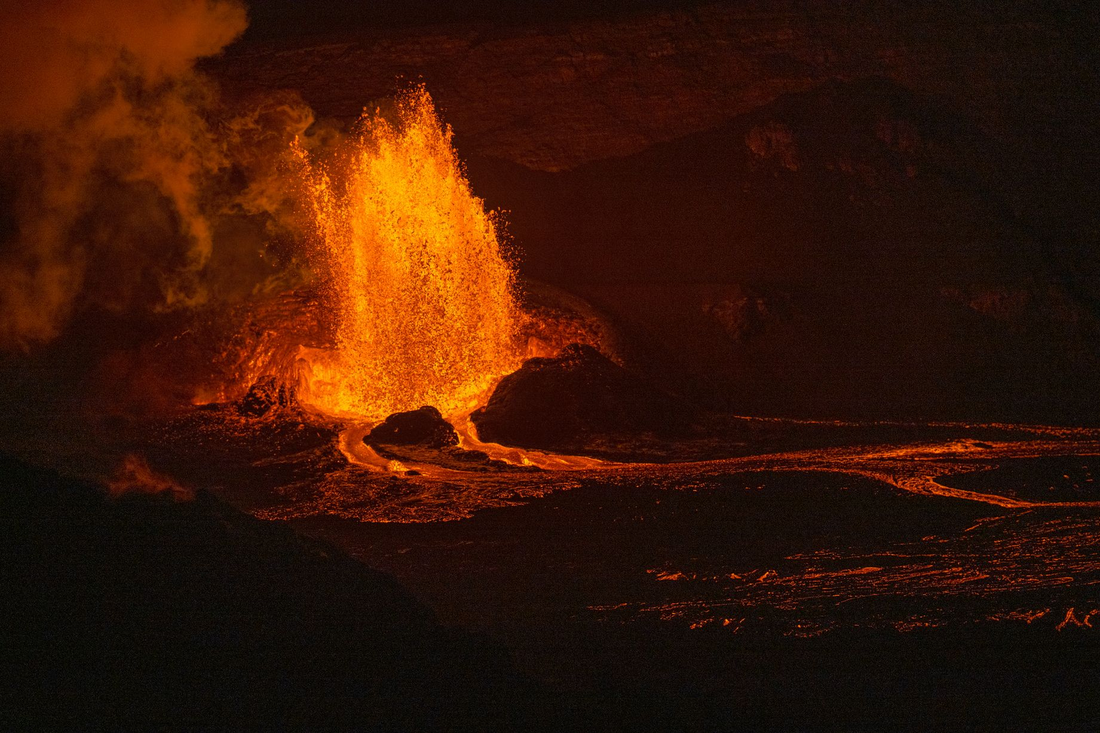
This entire series of breathtaking images was captured using the Nikon Z8 camera, combined with the Z 70-200mm and Z 400mm lenses, allowing the photographer to maintain a safe distance while still capturing every vivid detail of the eruption.
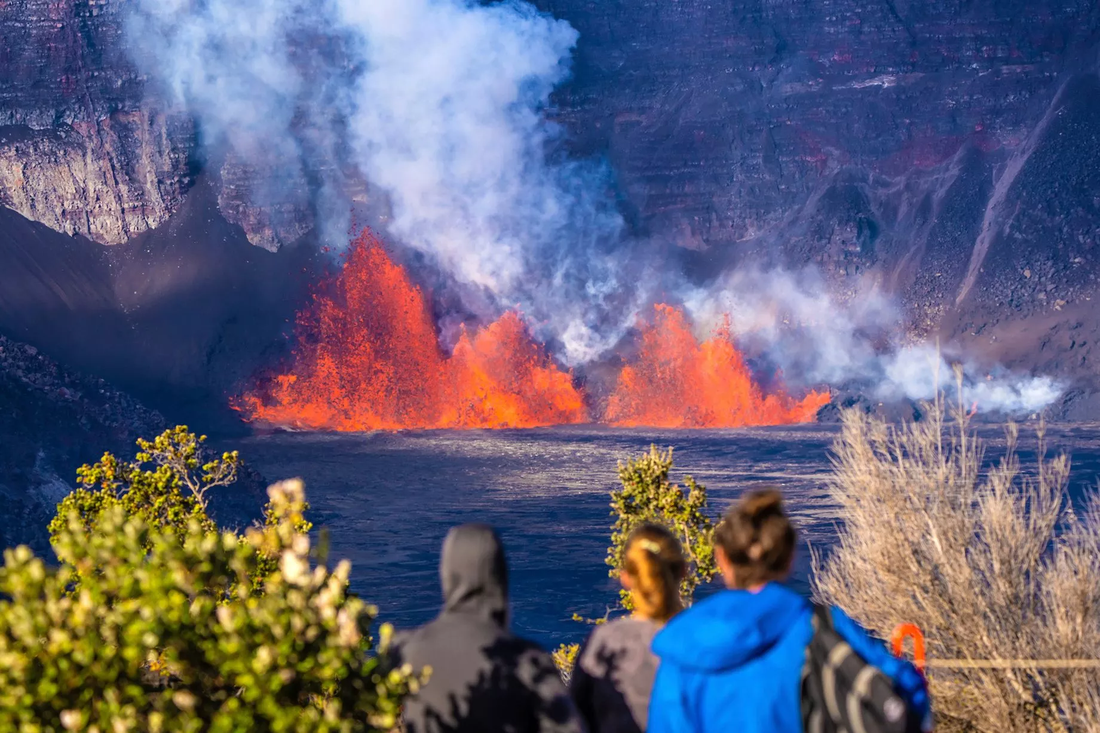
Volcanic activity reminds us that the Earth is a living planet. It is constantly moving, changing, and sometimes violent. The images captured by Daniel Sullivan are the clearest evidence of that potential power. Lava flows like the blood of the earth, and each eruption is a hot breath of nature.
Source: https://tuoitre.vn/hinh-anh-hiem-co-tu-vu-phun-trao-nui-lua-o-hawaii-20250518004231553.htm


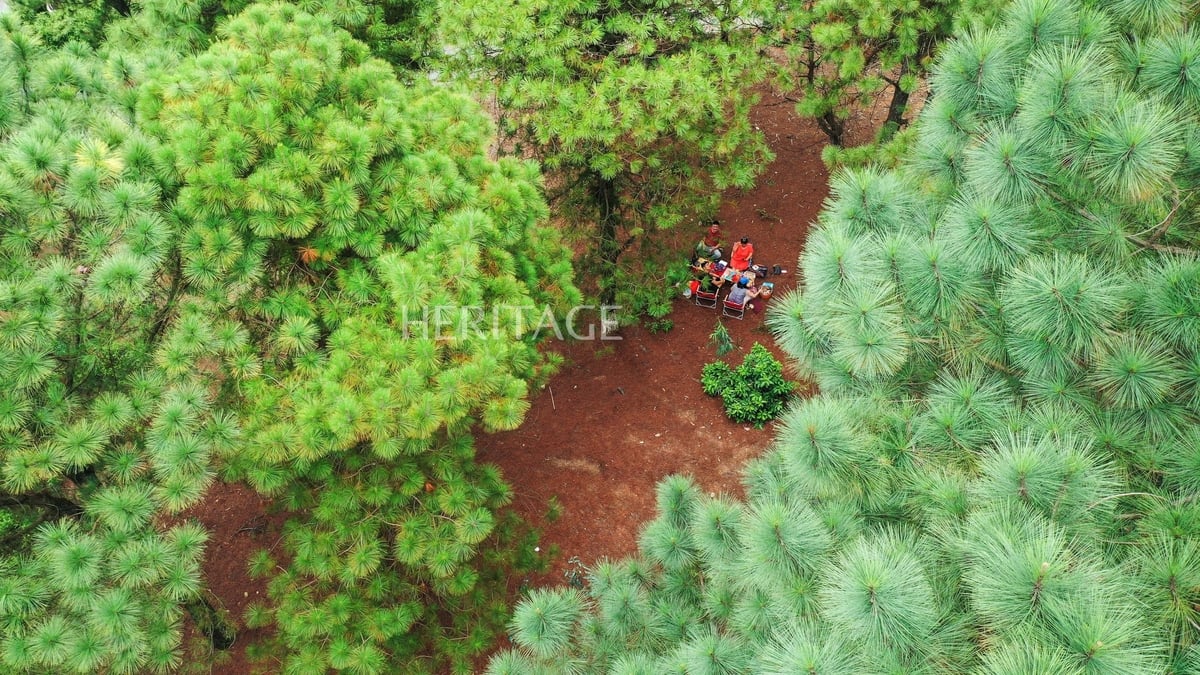
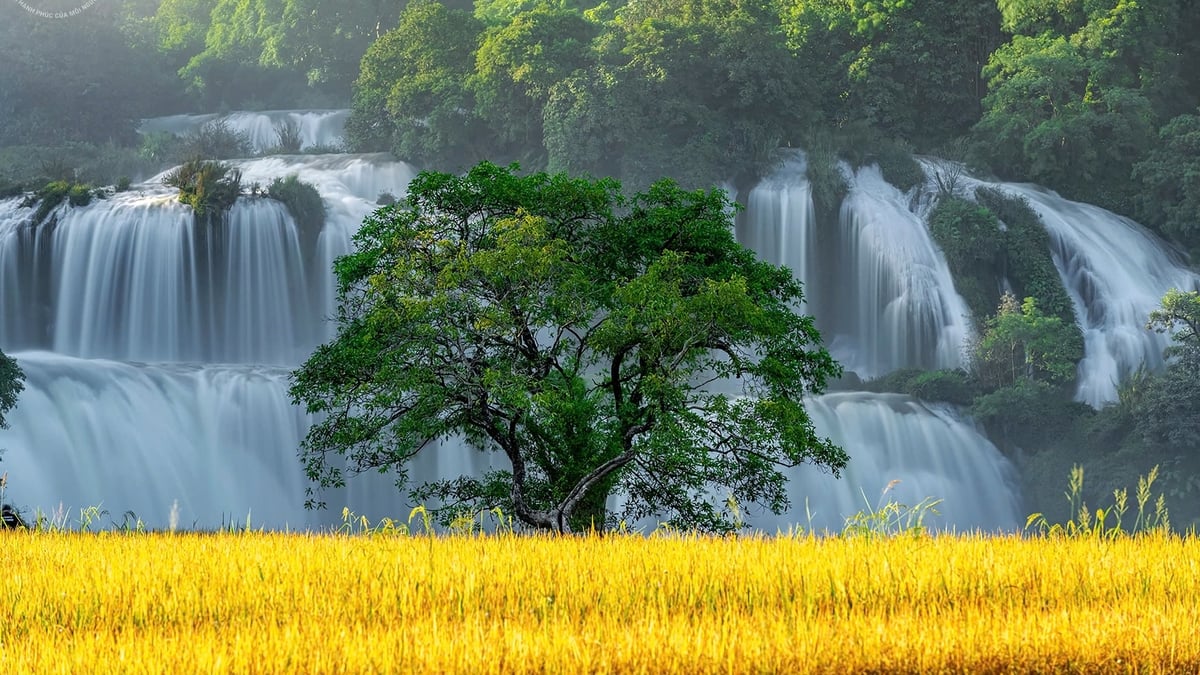
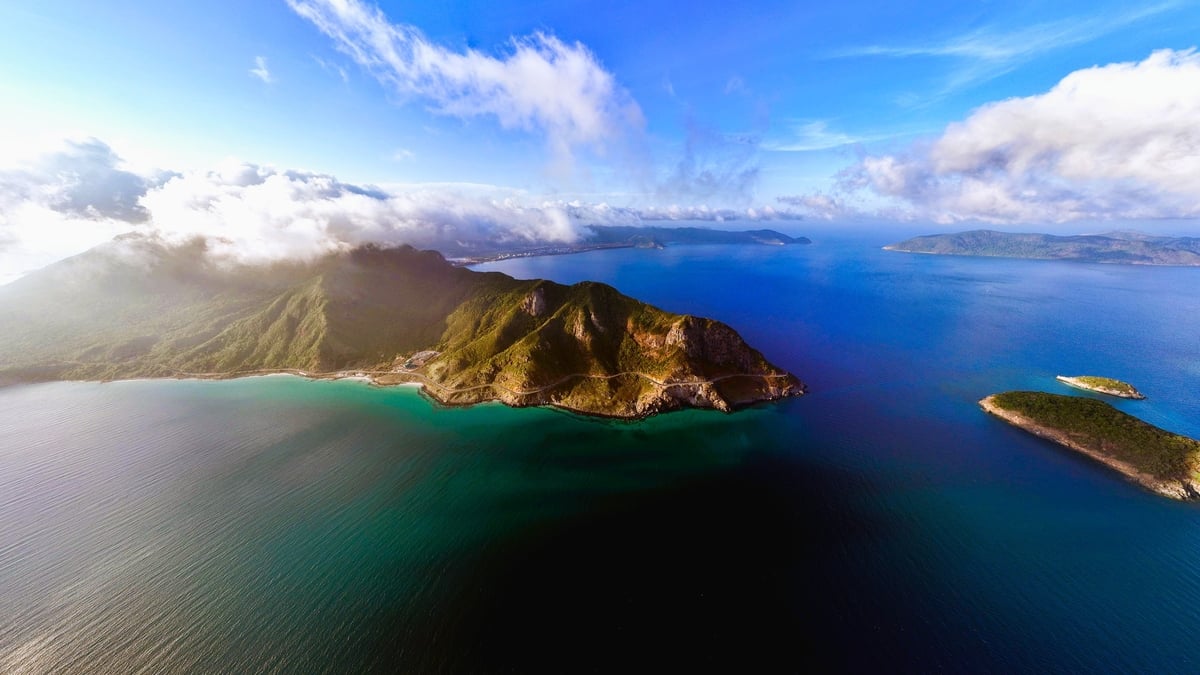
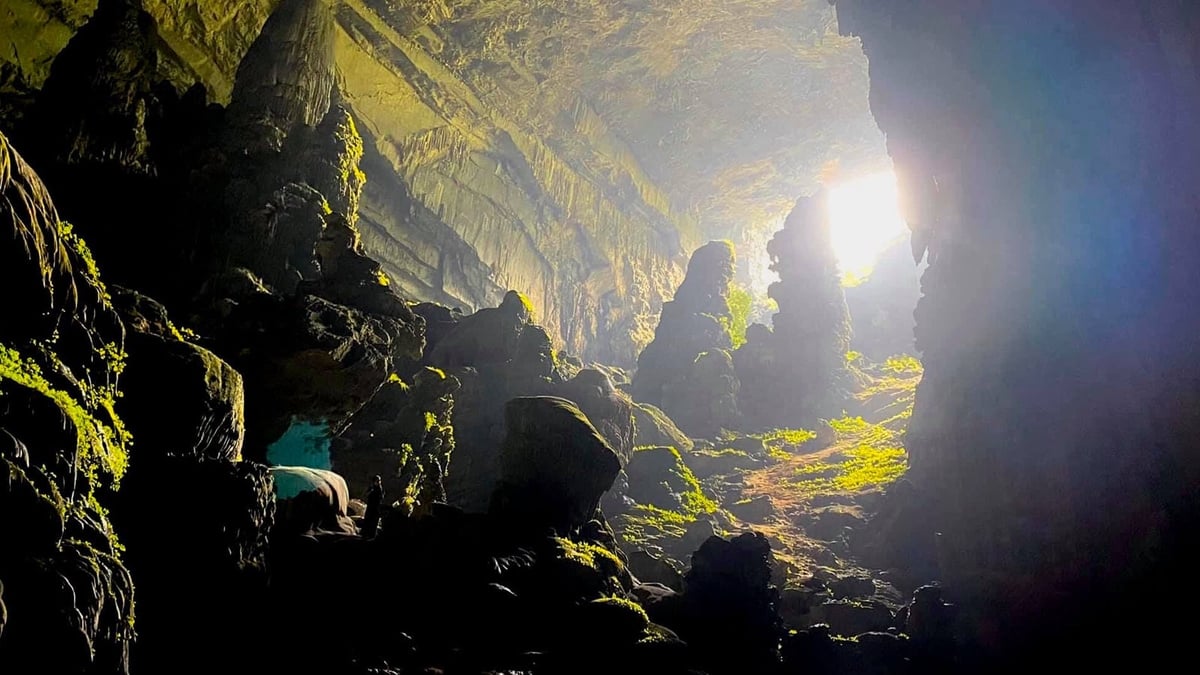
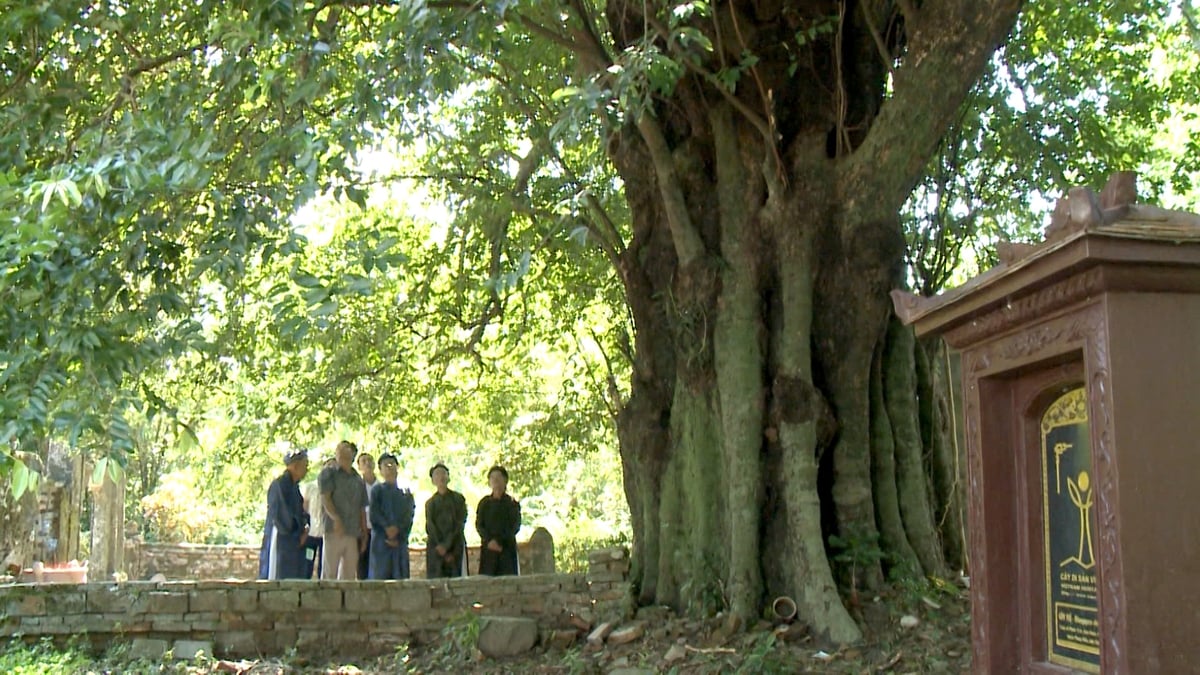





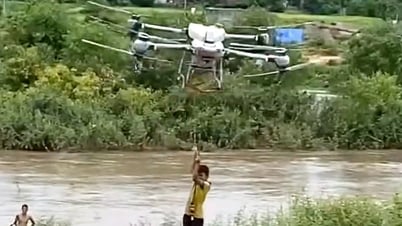



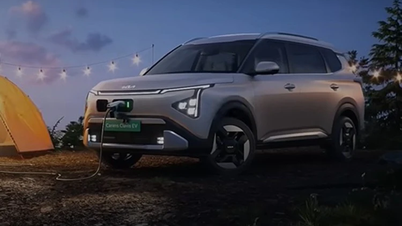




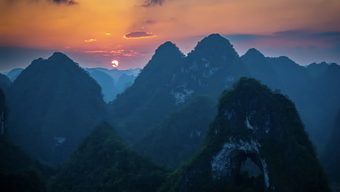
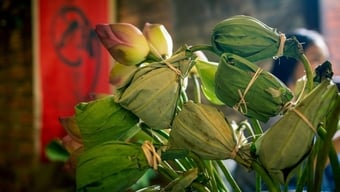






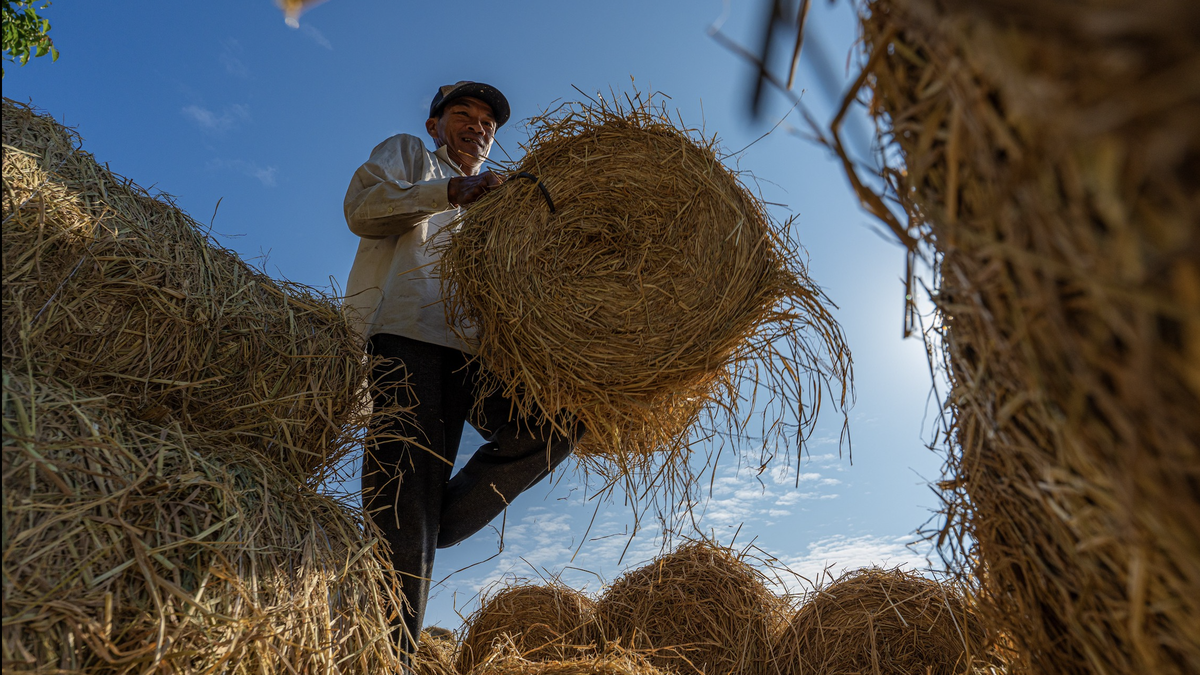
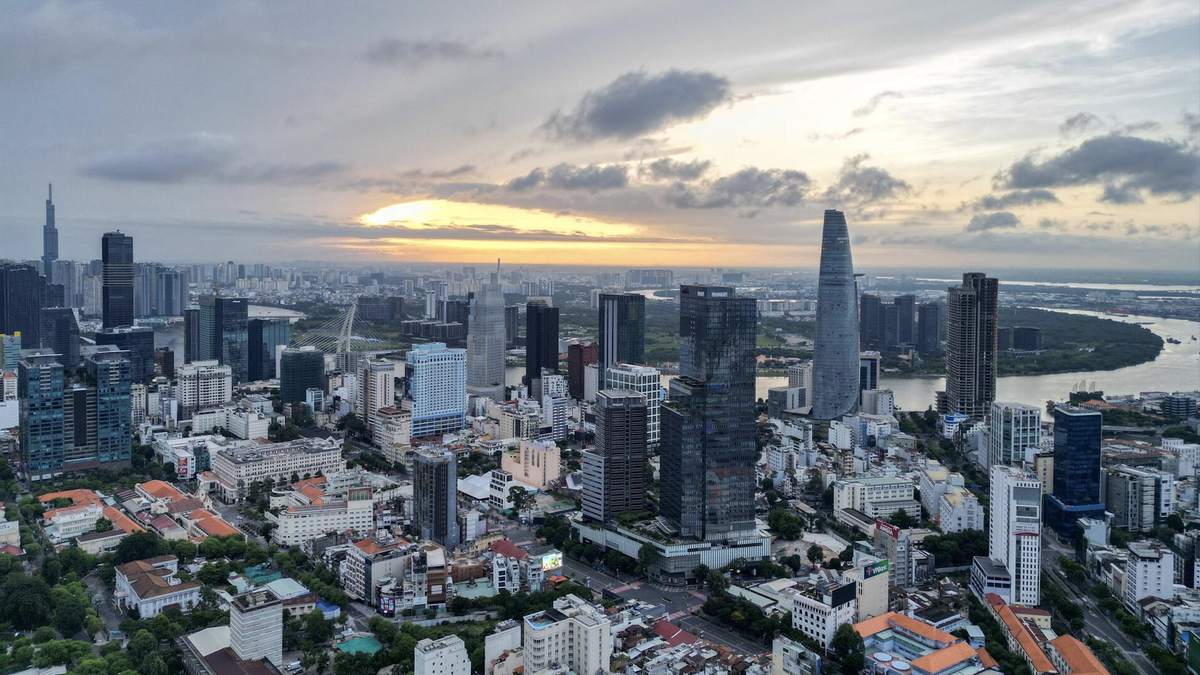
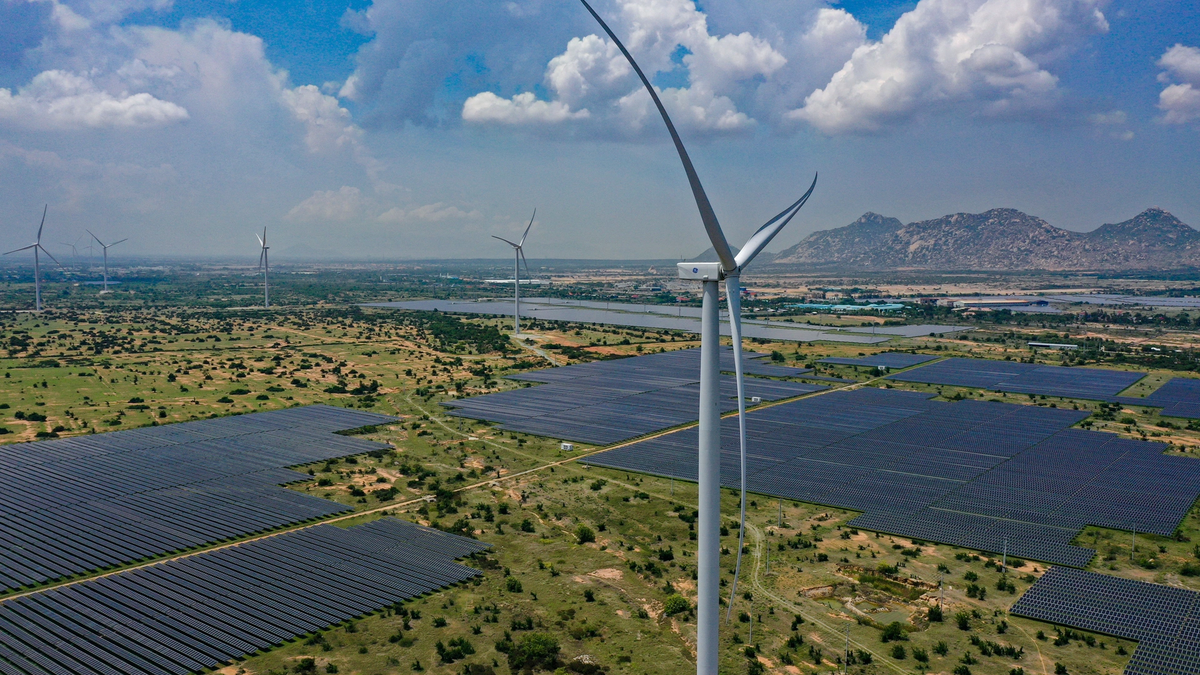
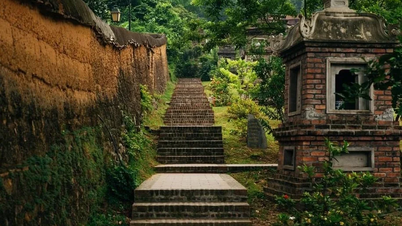





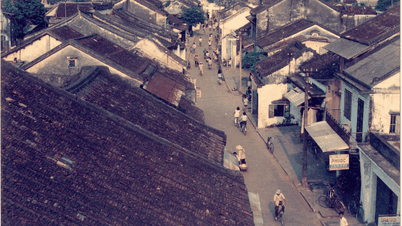
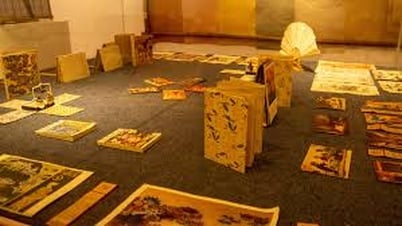

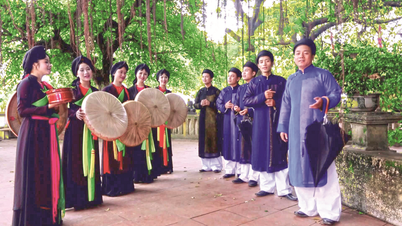

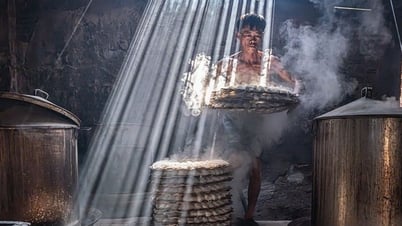


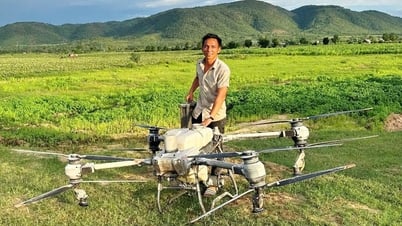













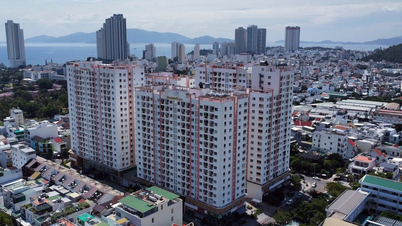
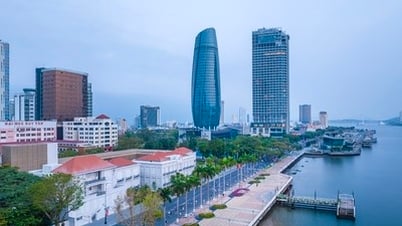

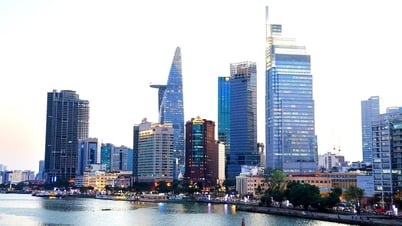






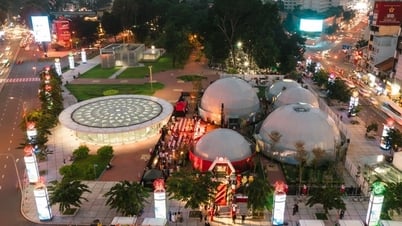


























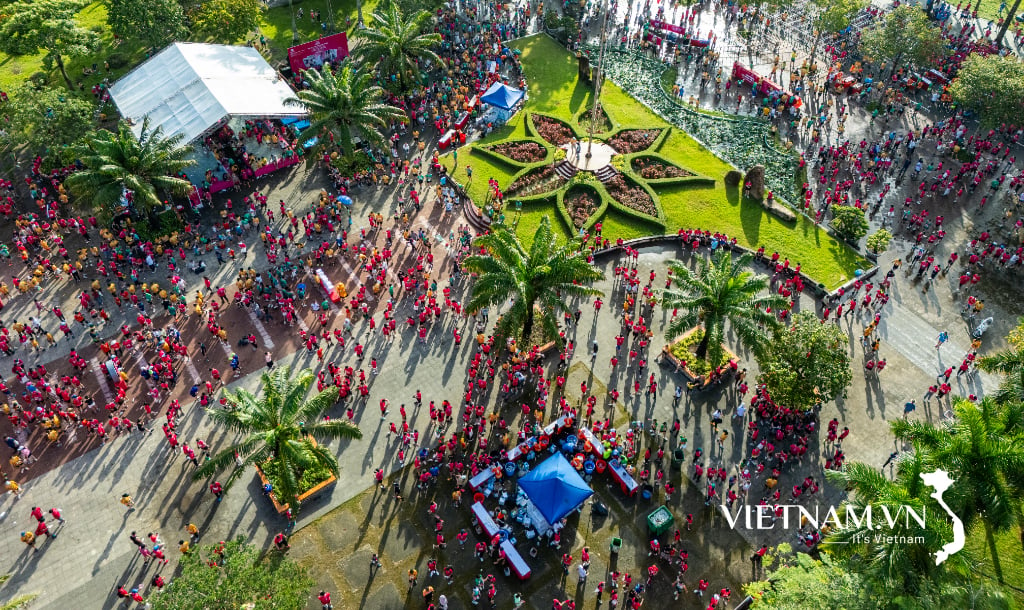
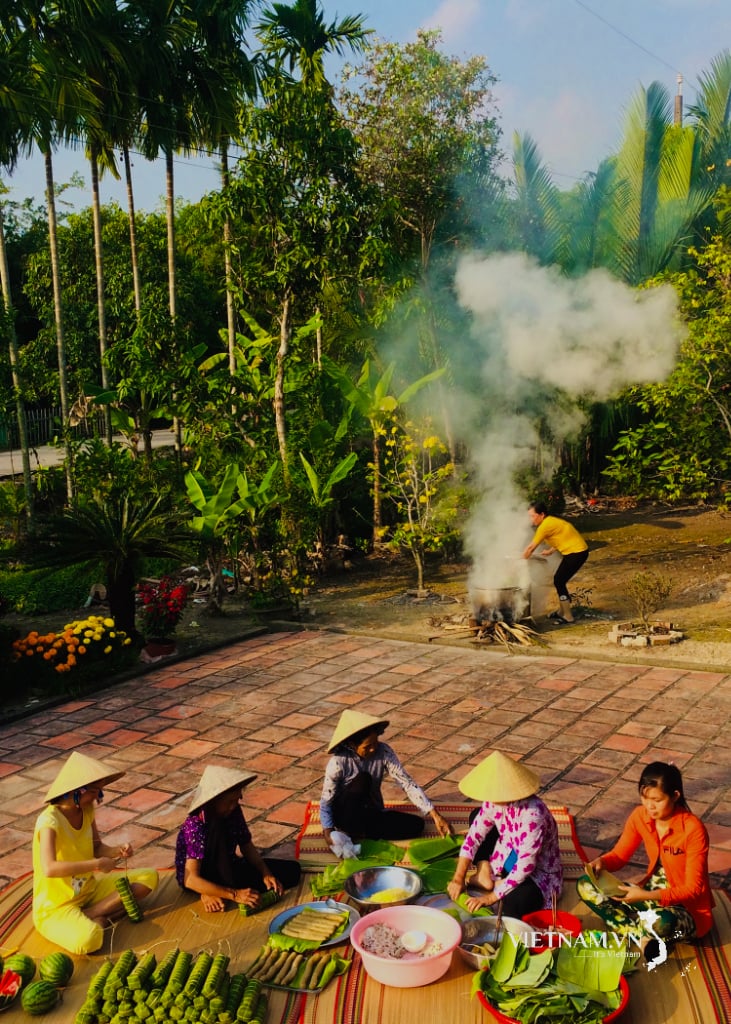
Comment (0)